These purification methods can remove groundwater contamination from bacteria (Legionella pneumophila), protozoa (cryptosporidium, giardia lamblia), and fungi. Only proper filtration can remove chemical contaminants such as heavy metals (cadmium, lead, copper…) and nitrates from fertilizer run-off or animal waste.
- Boiling
- Chemical treatment
- Ultraviolet radiation
- Filtration
BOILING
Reliable and safe way to kill ALL harmful bacteria and microorganisms including viruses, giardia, and cryptosporidium. Boiling does not filter water and cannot remove heavy metals, nitrates, or chemicals.
- TEMP above 160 F (70 C) for 30 minutes kills ALL pathogens or
- TEMP above 185 F (85 C) for a few minutes kills ALL pathogens
- SUMMARY: ALL pathogens are killed as a ROLLING BOIL is reached at 212 F (100 C)
CHEMICAL TREATMENTS
- CAUTION consuming excessive IODINE during PREGNANCY, with INFANTS and CHILDREN, persons with THYROID disease, and persons taking LITHIUM medication. Consult your provider.
- Effectiveness of chemical treatment is related to temperature, pH, clarity of water, and time.
- Cloudy water requires higher concentrations of chemical to disinfect. If water is cloudy or has visible particles, then strain through a cloth before treating to remove as much as possible.
- When using liquids to treat water, the chemical should sit for at least 30 minutes. If using tablets, let water sit for 30 minutes after tablet has dissolved.
- WARMER WATER WORKS BEST. Chemical disinfection is less effective with cold water. Best temp is above >60 F (16 C). If water temp is below <40 F (4 C), increase treatment time to 1 hour.
- Iodine is not effective against cryptosporidium and minimally effective against giardia. Use chlorine.
IODINE
- LIQUID 2% TINCTURE of IODINE: Add 5 drops per quart (1 L) when water is clear. Add 10 drops per quart when cloudy. Let sit 30 minutes for water over 68 F (21 C).
- POTABLE AQUA TABLETS: Use 2 tablets per quart and wait 30 minutes. Potable Aqua Aqua Plus includes second agent that removes the iodine taste. After 30 minutes of treatment, add 2 tablets of PA Plus per quart, stir well, and wait 3 minutes before drinking.
After iodine treatment is complete, may add 50 mg Vitamin C per 1 quart to improve taste.
CHLORINE
Chlorine dioxide (ClO ) products are stronger, more effective germicides than iodine. Another advantage is after disinfecting, no elemental chlorine remains. Do not confuse ClO with household bleach (NaOCl) which is sodium hypochlorite, listed last.
- AQUA MIRA SOLUTIONS (ClO ): Place 7 drops Part A and 7 drops Part B Activator in mixing cap. Wait 5 minutes until solution turns yellow, then pour solution into water to be treated. Wait ~15 min. If Cryptosporidium is suspected, double dose of Part A and Part B and wait for 30 minutes.
- KATADYN MP1 TABLETS (ClO ): One tablet treats 1 quart (1 L) of water. Bacteria and viruses are killed in approximately 15 minutes with water at 68 F (21 C). Cryptosporidium and giardia purification takes ~4 hours.
- CHLORINE BLEACH (5.25% NaOCl): Put 2 drops of bleach in 1 quart (1 L) of water or 8 drops per gallon. Let stand 30 minutes. If water is cold or cloudy, wait 60 minutes. (Note: some elemental chlorine will remain in water)
ULTRAVIOLET LIGHT (UV)
- UV kills 99.99% of pathogens in water. UV energy damages the microorganism’s DNA so it cannot reproduce or infect humans.
- UV light does not remove particles, bad taste or odors, heavy metals, or nitrates.
- Some portable UV systems use power so LOW that it does not kill some microorganisms like Giardia and Cryptosporidium. Ensure your system is strong enough.
- Water must be CLEAR without large particulates or cloudiness.
- DISADVANTAGE: Electricity is required
FILTRATION
- Filter the clearest water available. Cloudy water with large particles can clog filters more quickly.
- If water is cloudy or has large particles, prefilter by straining through a cloth or bandana before treating.
- If water is very cloudy, let stand for several hours for particles to settle out to the bottom beforefiltering.

Filters are rated in 3 size categories: Filter, Microfilter, and Purifier. A water PURIFIER will remove all microorganisms including viruses to 0.004 microns (μm).
Mechanical Filtration: Removes sediment, dirt or other particles in the water using a physical barrier. This includes simple meshes that trap large debris to ceramic filters with complex pore structures that catch microorganisms.
Absorbtion Activated Charcoal (carbon treated with oxygen) is typically used, consisting of either granular carbon pellets or a solid block. It readily captures certain contaminants with its highly porous and immense microscopic surface area. Over time, the carbon pores become saturated with particles and must be replaced.
- Activated charcoal reduces unwanted tastes and odors, and adsorbs a wide range of impurities including chlorine, pigments, and mercury. Other substances like sodium, fluoride, and nitrates areNOT as attracted to the carbon and are not filtered out.
- BLOCK FILTERS are generally more effective than granular filters and usually carry a micron rating for particle removal. Disadvantage is slow filtering, higher cost. Advantage is filter longevity.
- NATIONAL SANITATION FOUNDATION (NSF) Rating: Filters with Standard 42 (aesthetic effects) certification are designed to minimize non-health related contaminants such as chlorine, taste, odor, and some particulates. Filters with Standard 53 (health effects) certification reduce exposure to microbiological, chemical and other contaminants that might be hazardous to health. Standard 53 is best suited for well water.
REFERENCES
- https://armypubs.army.mil/epubs/DR_pubs/DR_a/pdf/web/atp4_44.pdf
- https://outdooraction.princeton.edu/training/guide-water-purification
- http://www.readyforanythingnow.com/Survival%20Manual/06.htm
- https://www.survivalfitnessplan.com/
- https://offgridworld.com/how-to-make-a-5-gallon-bucket-water-filter/
- https://www.h2odistributors.com/pages/info/how-to-make-a-water-filter.asp
- https://www.thoughtco.com/how-does-activated-charcoal-work-604294
- https://www.discountfilters.com/blog/nsf-ansi-certification/
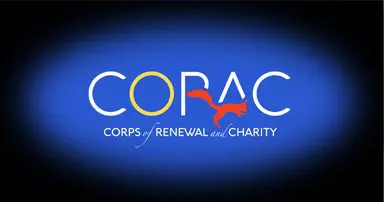


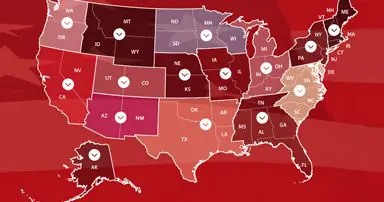
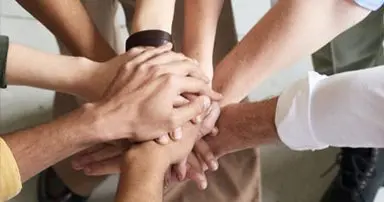
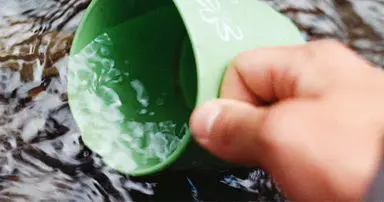
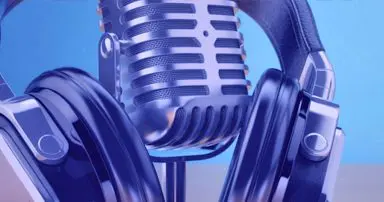

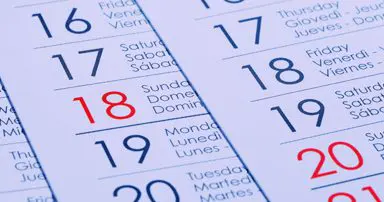
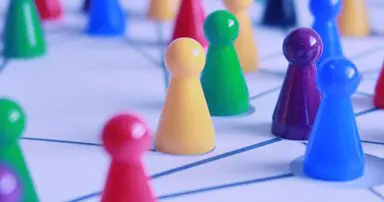















0 Comments